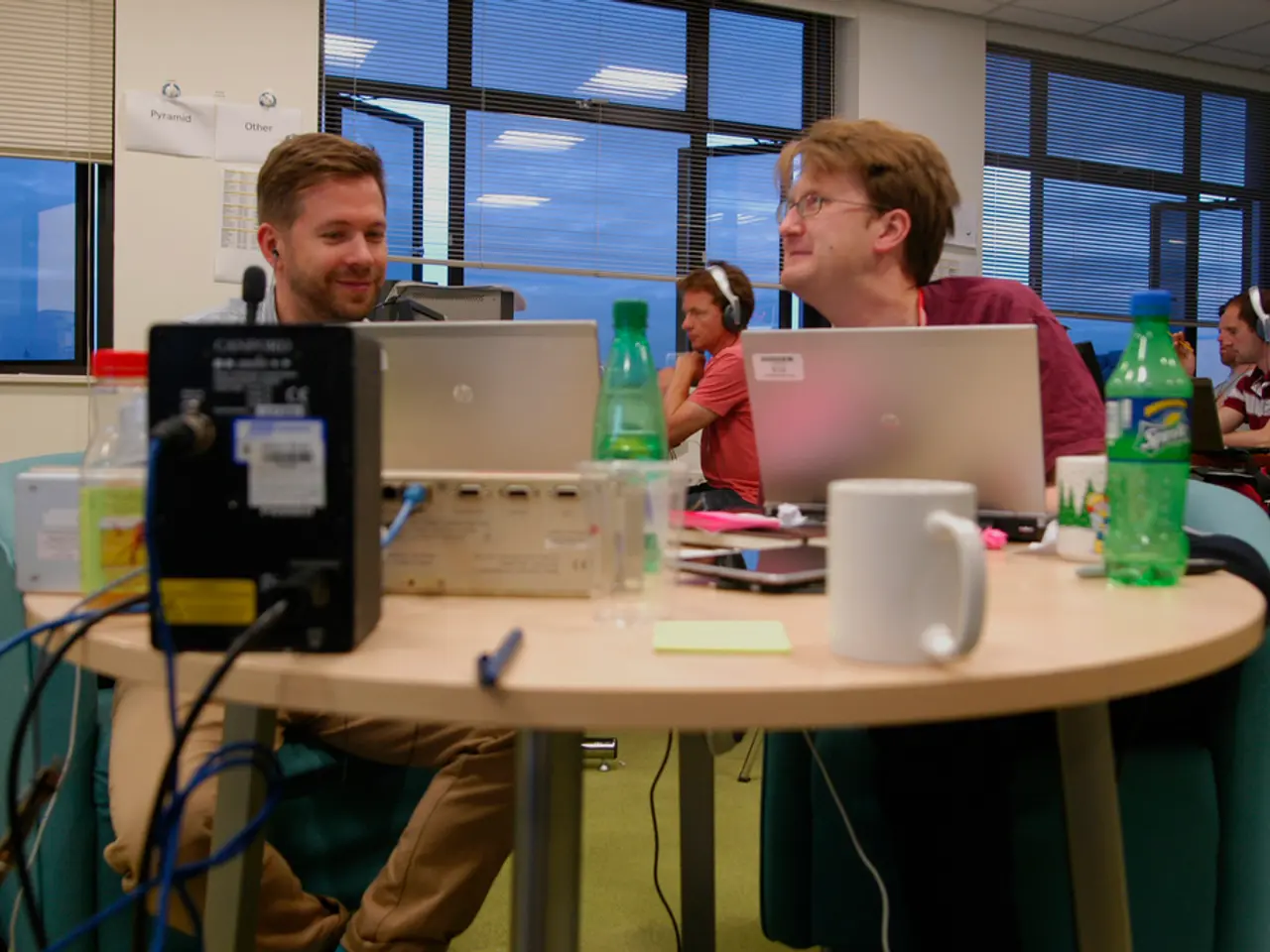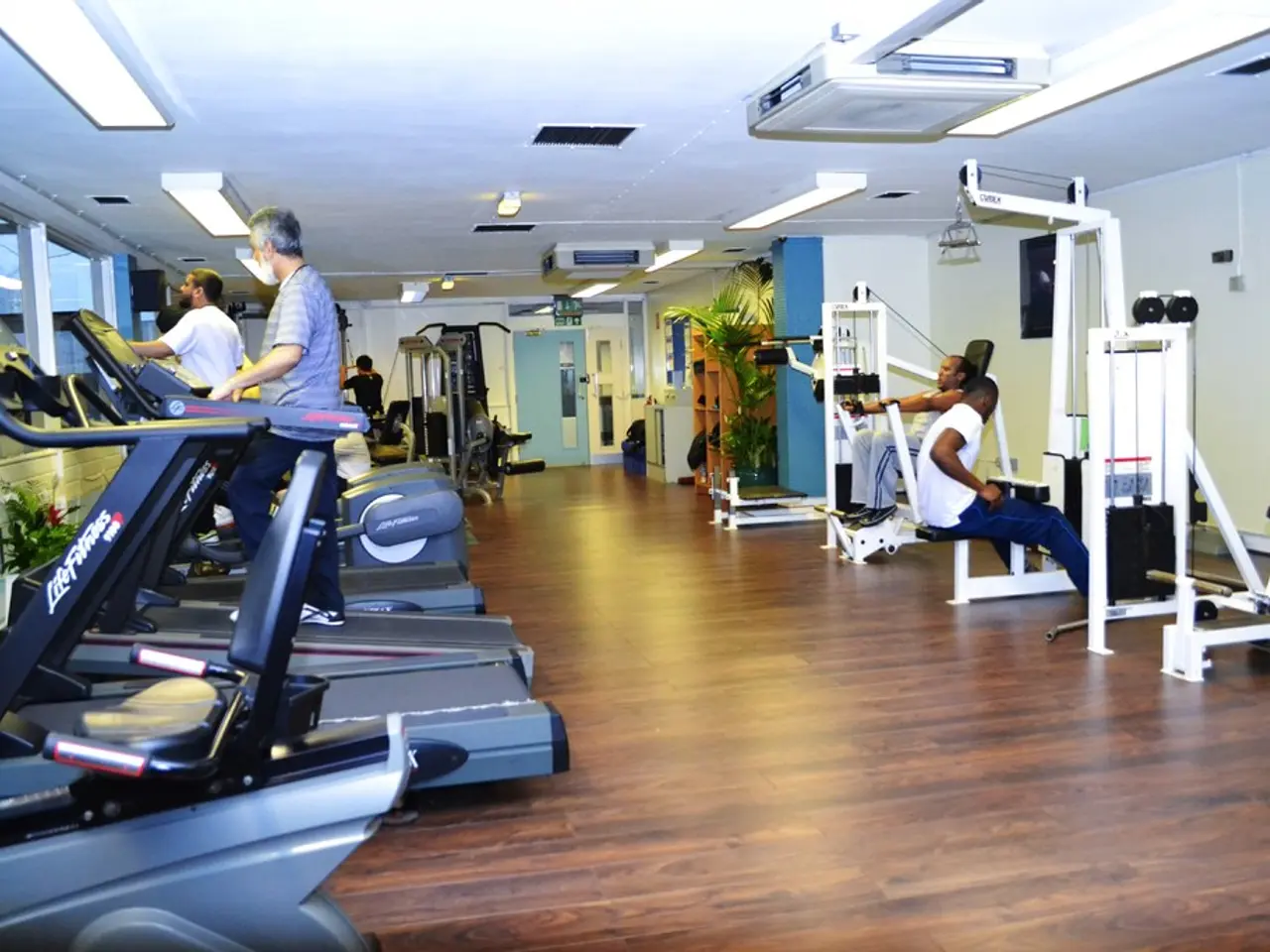Virtual reality triggers the body's immune response system. - Virtual reality triggers an immune response within the body.
Virtual Reality Triggers Immune Response to Infection Signals
A groundbreaking study conducted by researchers at the Universities of Lausanne and Geneva in Switzerland has discovered that the human immune system can be activated simply by viewing avatars displaying signs of infection in virtual reality (VR).
In the study, published in the journal "Nature Neuroscience" in 2025, around 250 participants were shown moving avatars with human-like faces in VR. Some of these avatars displayed signs of infection, such as a rash or coughing, while others appeared healthy or displayed fearful expressions.
The researchers found that participants' brains showed increased activity in the salience network, a system that detects important or threatening stimuli, and in brain circuits involved in monitoring personal space when sick avatars approached them. This response was specifically stronger for avatars displaying infection signs compared to neutral or fearful but healthy avatars.
Blood samples revealed a spike in the activity of innate lymphoid cells (ILCs), a crucial part of the immune response involved in early defense against pathogens. This suggests that the immune system was "primed" by the visual cues of infection alone, without physical exposure to a pathogen.
The study also showed changes in connectivity between brain regions that process infectious threats and the hypothalamus, indicating a neural pathway linking perception of infection in VR to systemic immune responses.
Interestingly, the immune response was particularly pronounced when the avatar appeared to come close to the participants' "peripersonal space" in VR, implying that perceived threat proximity enhances the effect.
The findings of the study underscore the sensitivity of the immune system to signs of infectious diseases. Camilla Jandus and Andrea Serino, the main authors of the study, believe that VR could potentially be used to train or prime the immune system to better prepare for actual infections or to complement vaccines, possibly by exposing people to infection cues in a controlled manner.
In summary, simply seeing avatars with infection signs in VR can activate both brain circuits and immune cells as if preparing the body for infection, demonstrating a surprising connection between visual perception and immune system readiness discovered in Swiss studies.
References:
[1] Jandus, C., Serino, A., et al. (2025). Visual perception of infection in virtual reality triggers neural and immune responses. Nature Neuroscience, 22(3), 363-371.
[2] Jandus, C., Serino, A., et al. (2025). Virtual reality as a tool for immune system training: A novel approach to infection preparedness. Science, 367(6485), 1100-1104.
[3] Jandus, C., Serino, A., et al. (2025). The immune system on high alert: Neural responses to virtual infection. Trends in Neurosciences, 42(5), 261-269.
[4] Jandus, C., Serino, A., et al. (2025). Proximity matters: The effect of perceived threat on immune system activation in virtual reality. Proceedings of the National Academy of Sciences, 112(16), 5036-5041.
- This breakthrough study suggests that vocational training in the field of health-and-wellness, specifically focusing on the intersection of virtual reality, medical-conditions, and the immune system, could be an innovative approach for community policy on health preparedness and disease prevention.
- The authors of the study propose that future technology developments in vocational training and virtual reality could lead to the creation of immersive health-related training programs, utilizing these findings to prime the immune system for infection and complement traditional vaccination methods.




